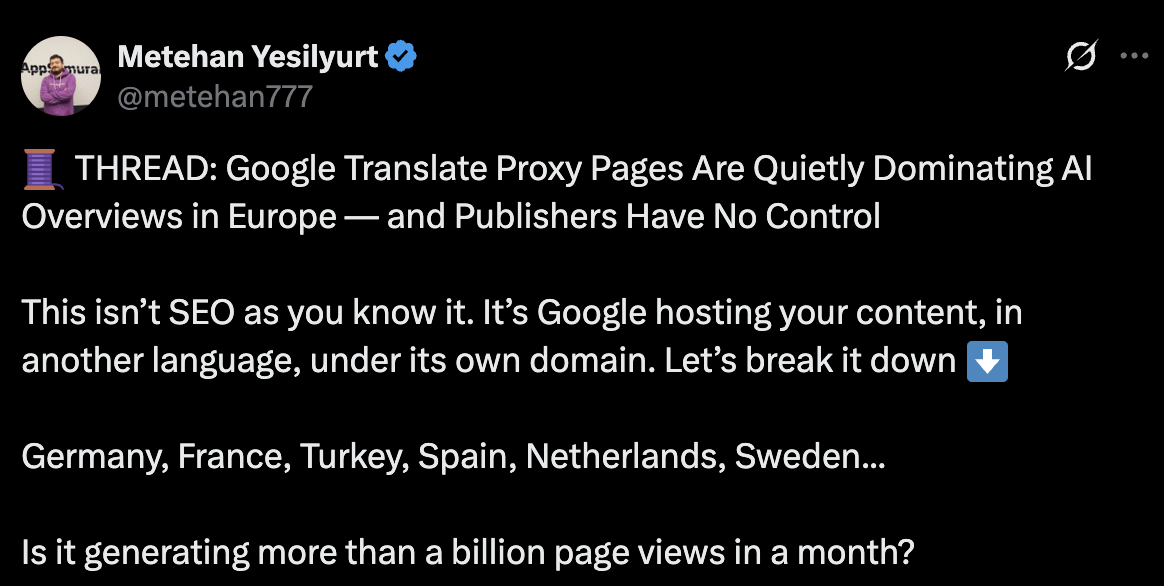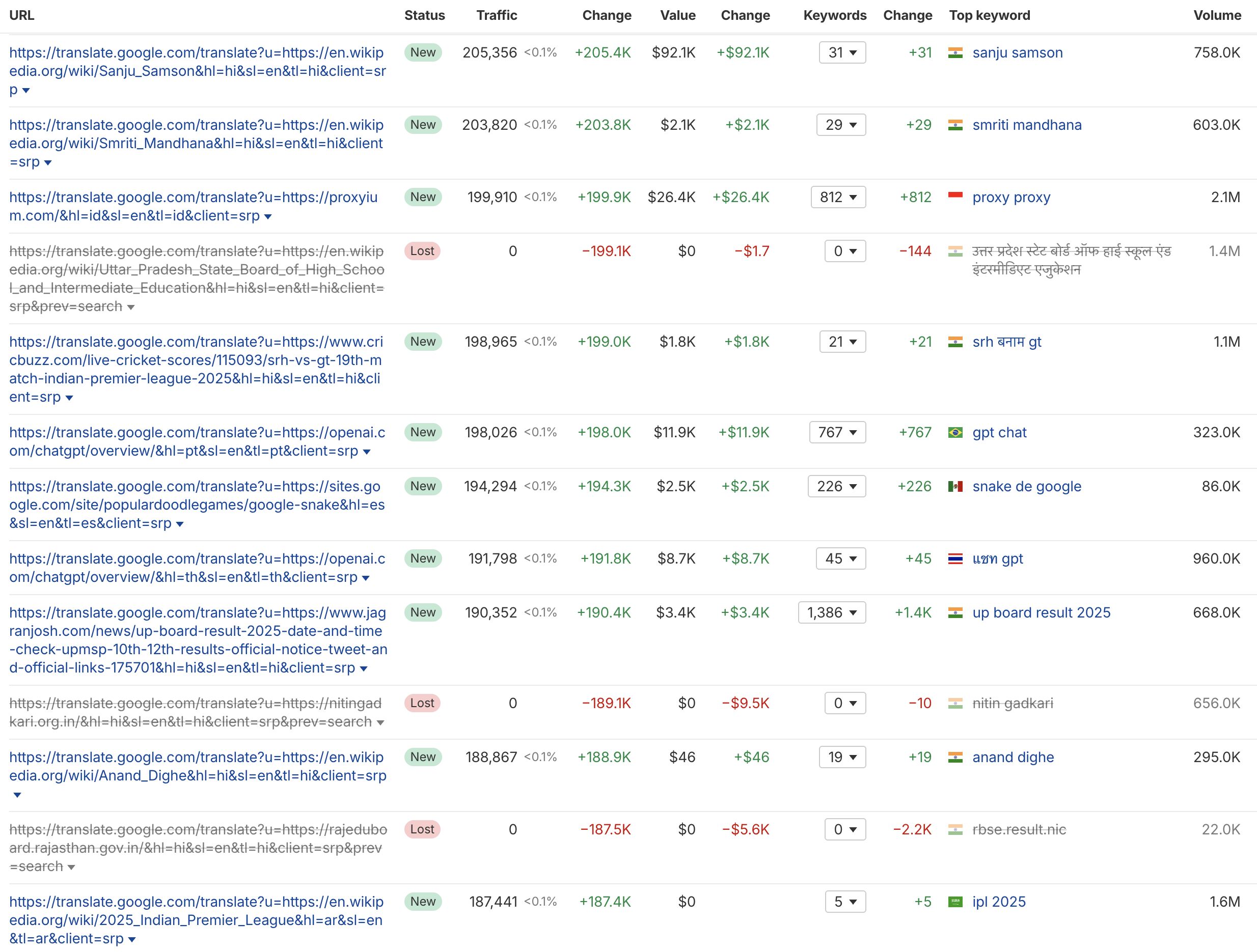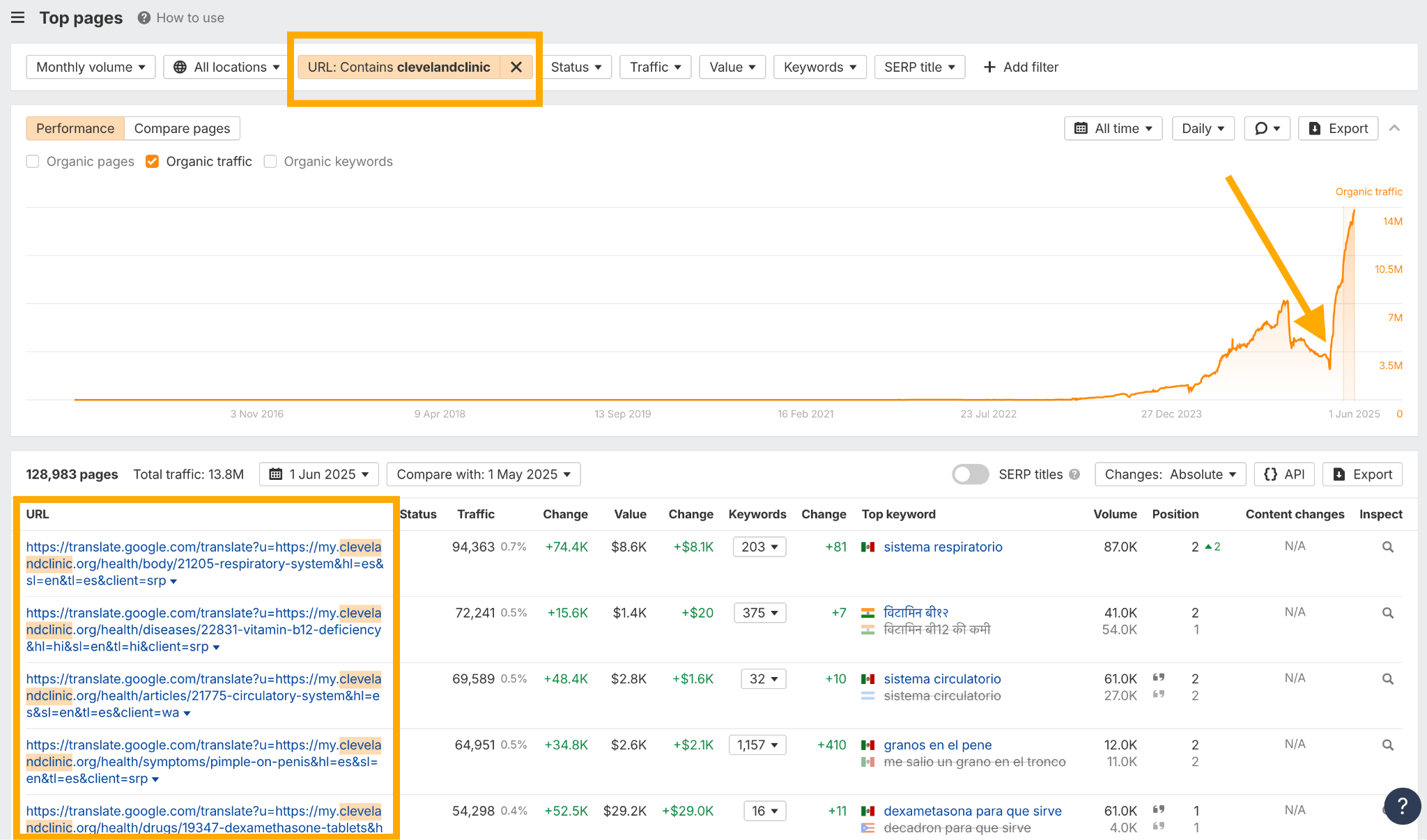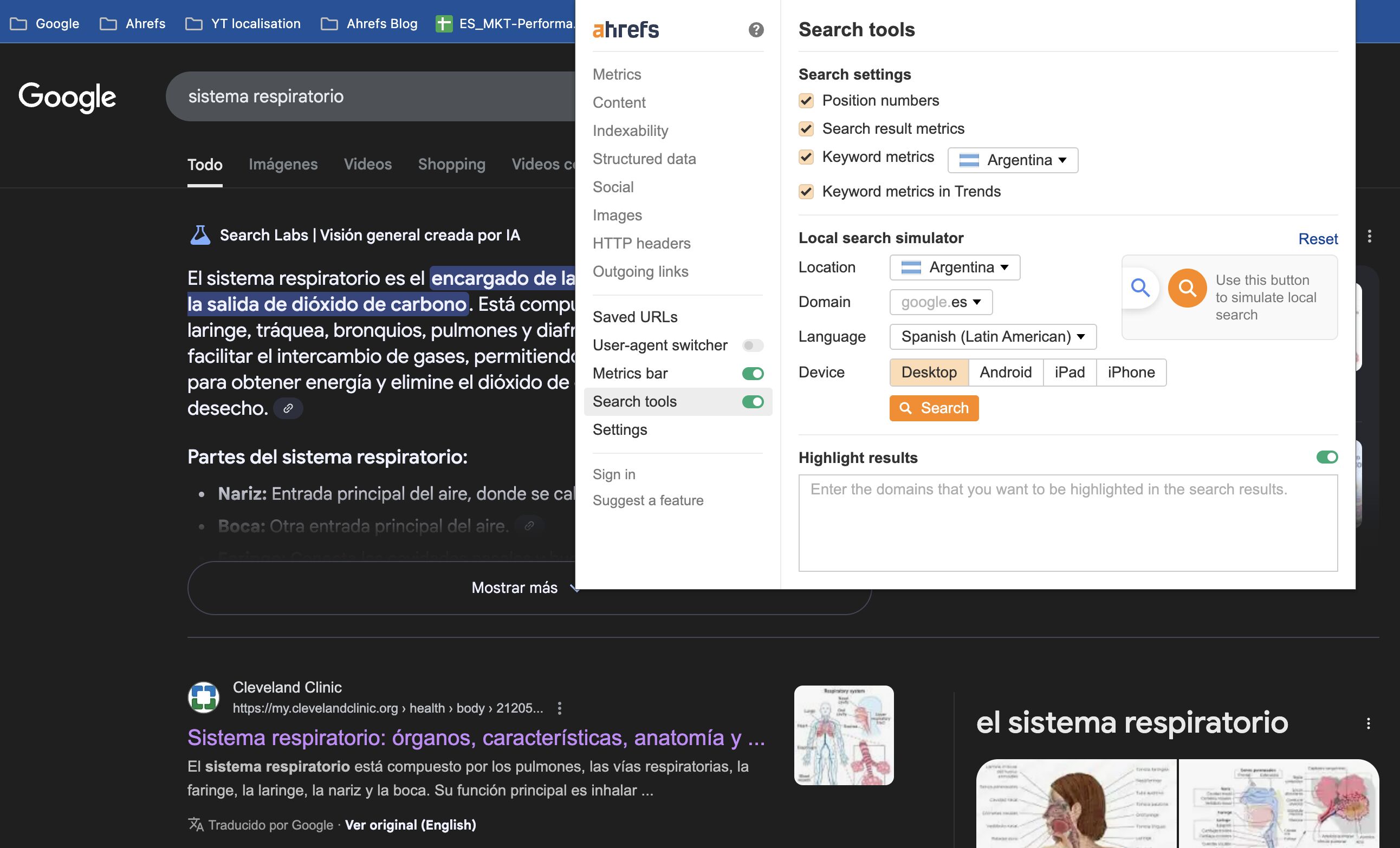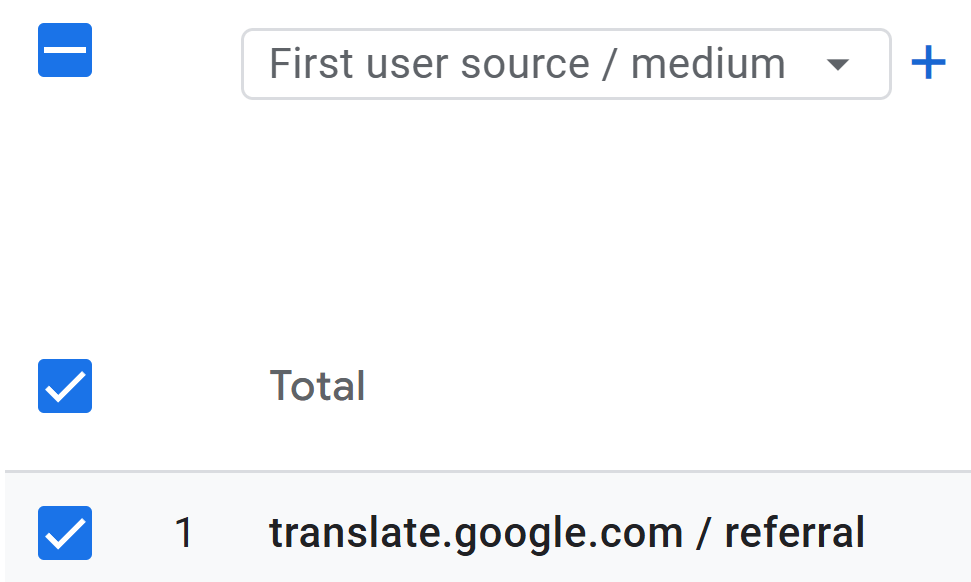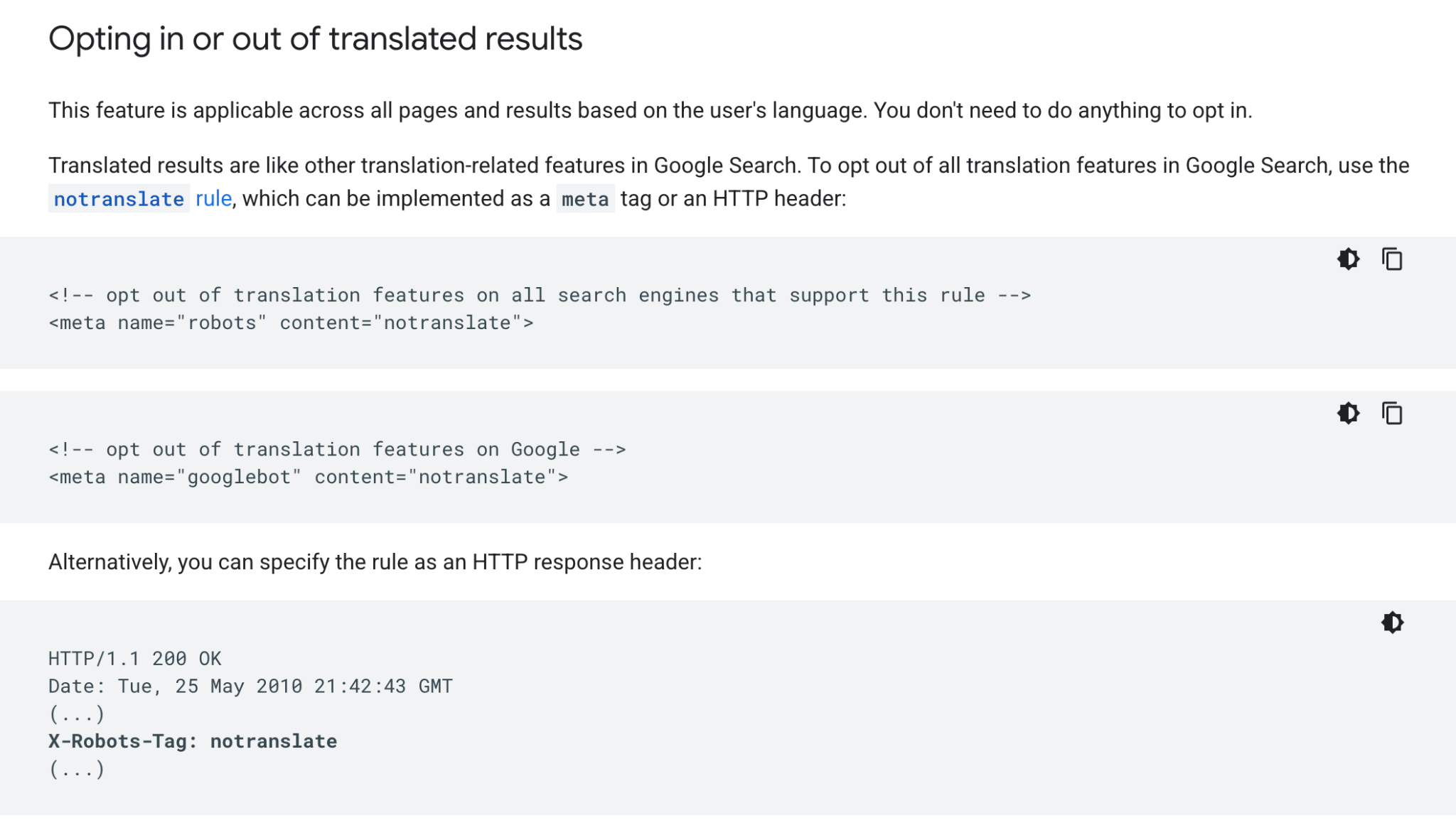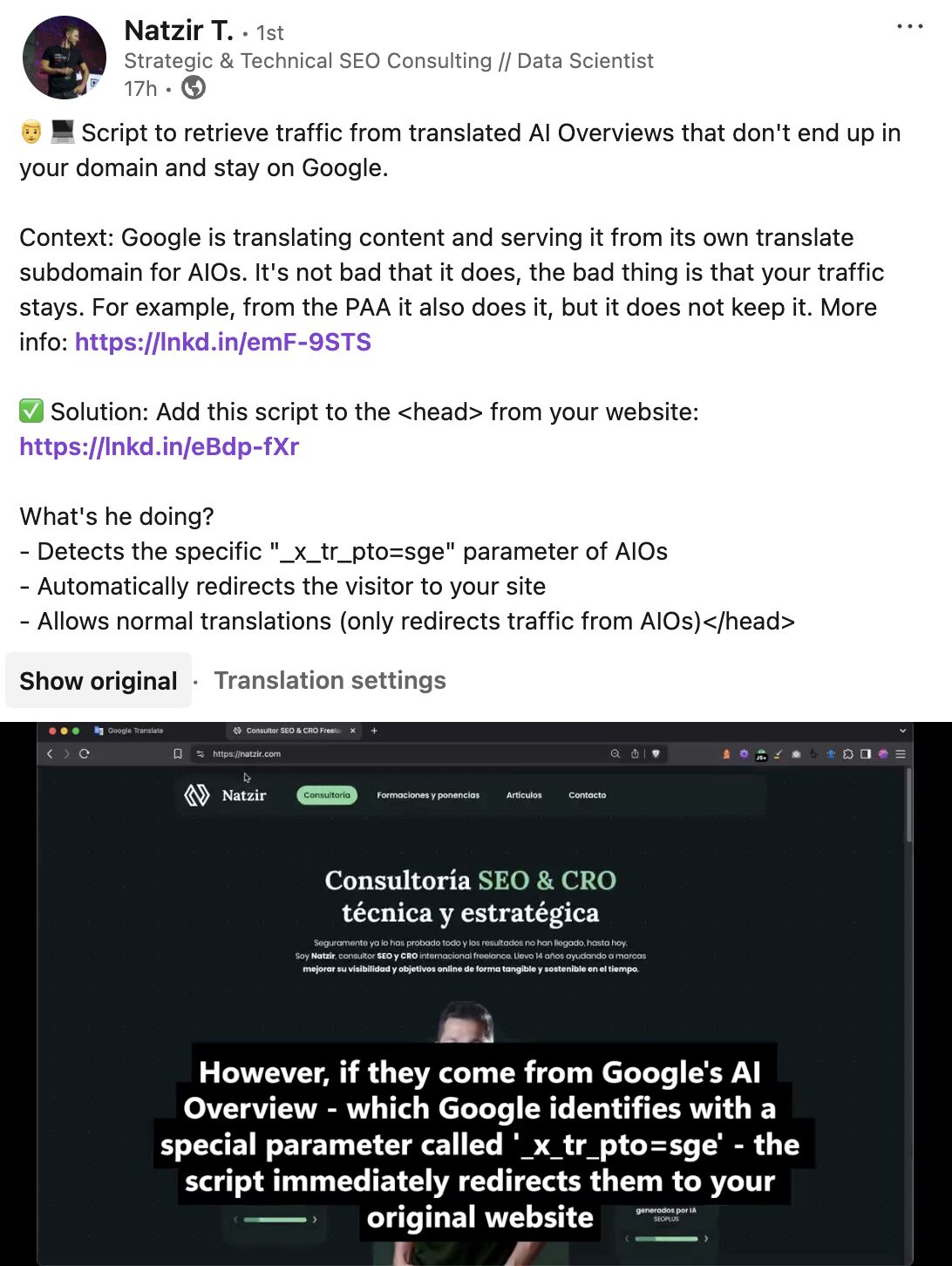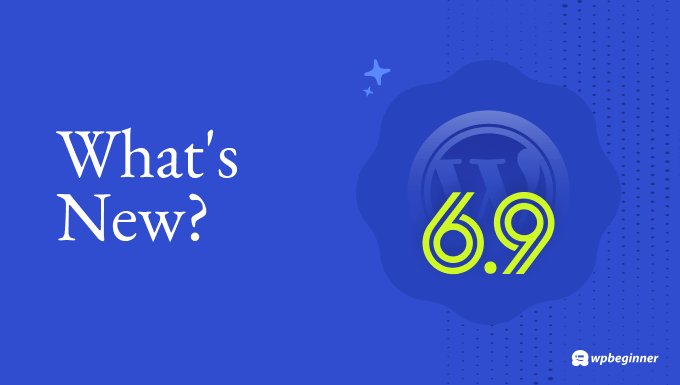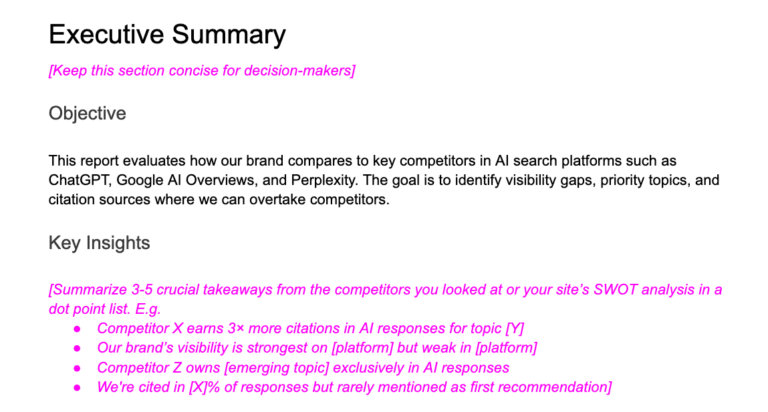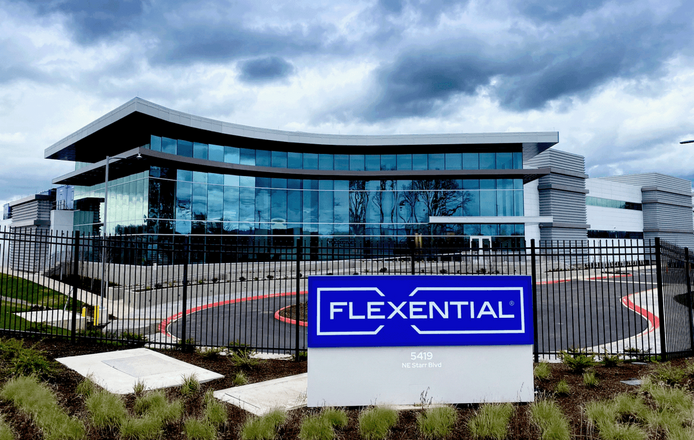Since the March Core update, there’s been a huge increase in Google’s efforts to automatically translate English-language webpages into other languages. The catch? These newly translated pages are hosted on a Google subdomain, so the original content creators don’t see any benefit from them.
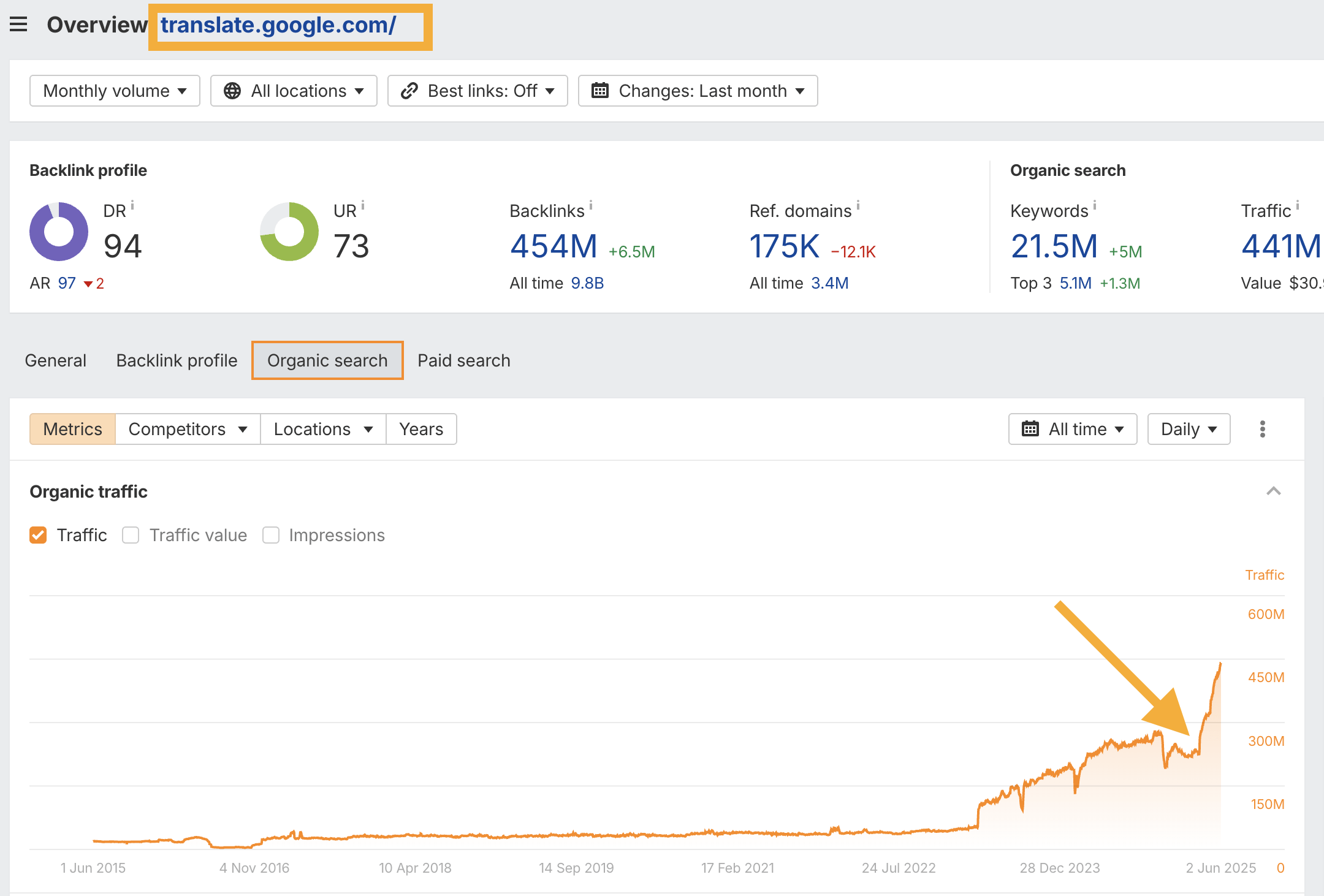
This coincides with the massive rollout of AI Overviews we saw alongside the March update. AI Overviews are now in 200 countries and 40 + languages. It seems that when AI Overviews lack sufficient native-language content, Google resorts to auto-translating English-language content.
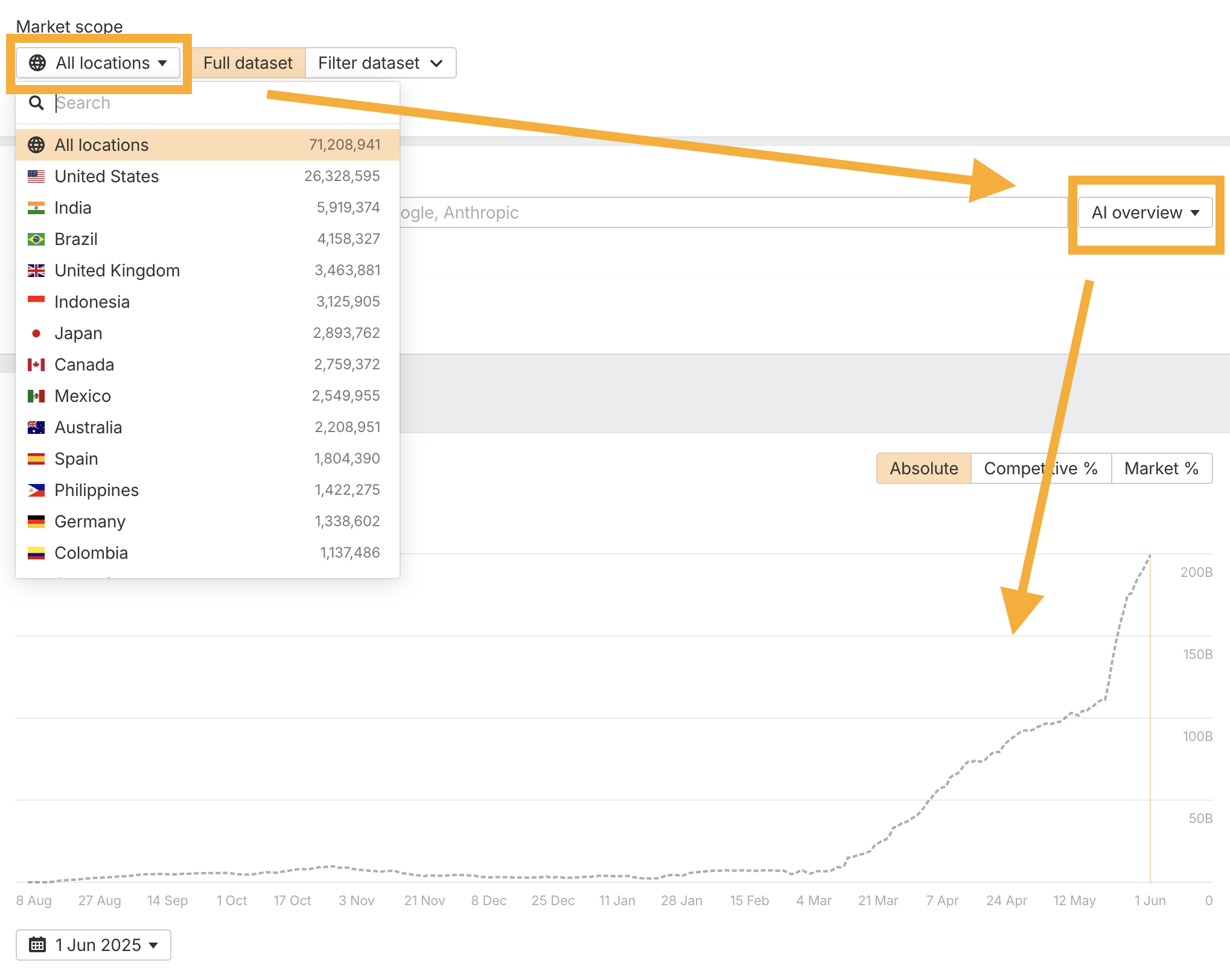
These Google-hosted translations are prevalent in AI Overviews, but they also appear in Featured snippets, other SERP features, and the SERP’s normal 10 blue links. In other words: if you haven’t localized your content, you now run the risk of Google capturing that local traffic for itself.
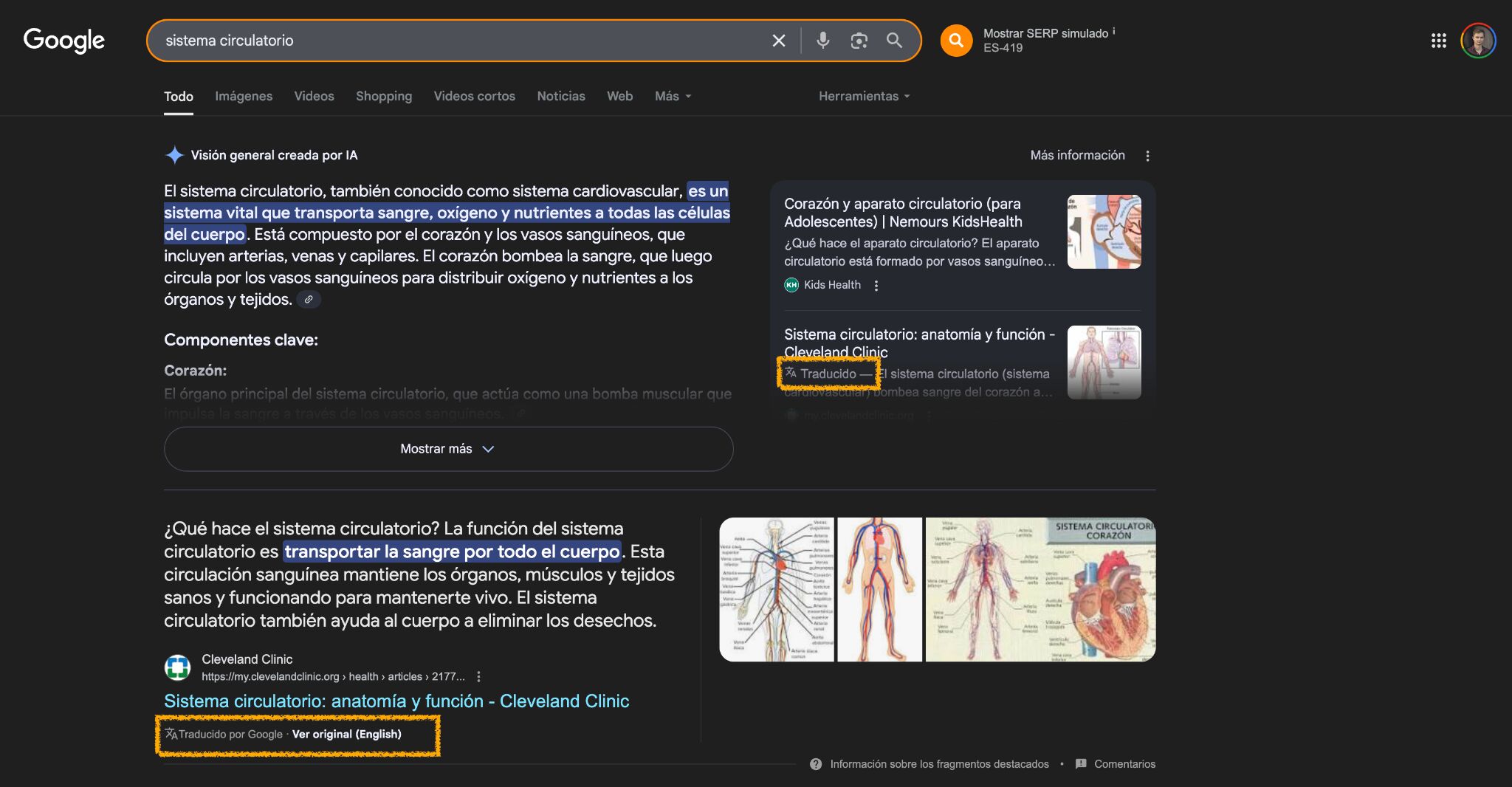
As Patrick Stox points out, Google has talked about improving the hreflang system for years. Instead of continuing to help content creators translate and localize their content, it seems that Google has decided the best option is to claim the traffic as their own (something we’re seeing more and more often). This seems hypocritical given their long-standing advice to avoid auto-translating your content.
Let’s take a closer look at what’s happening and also big thanks to Metehan Yesilyurt for being one of the first people to highlight this.
